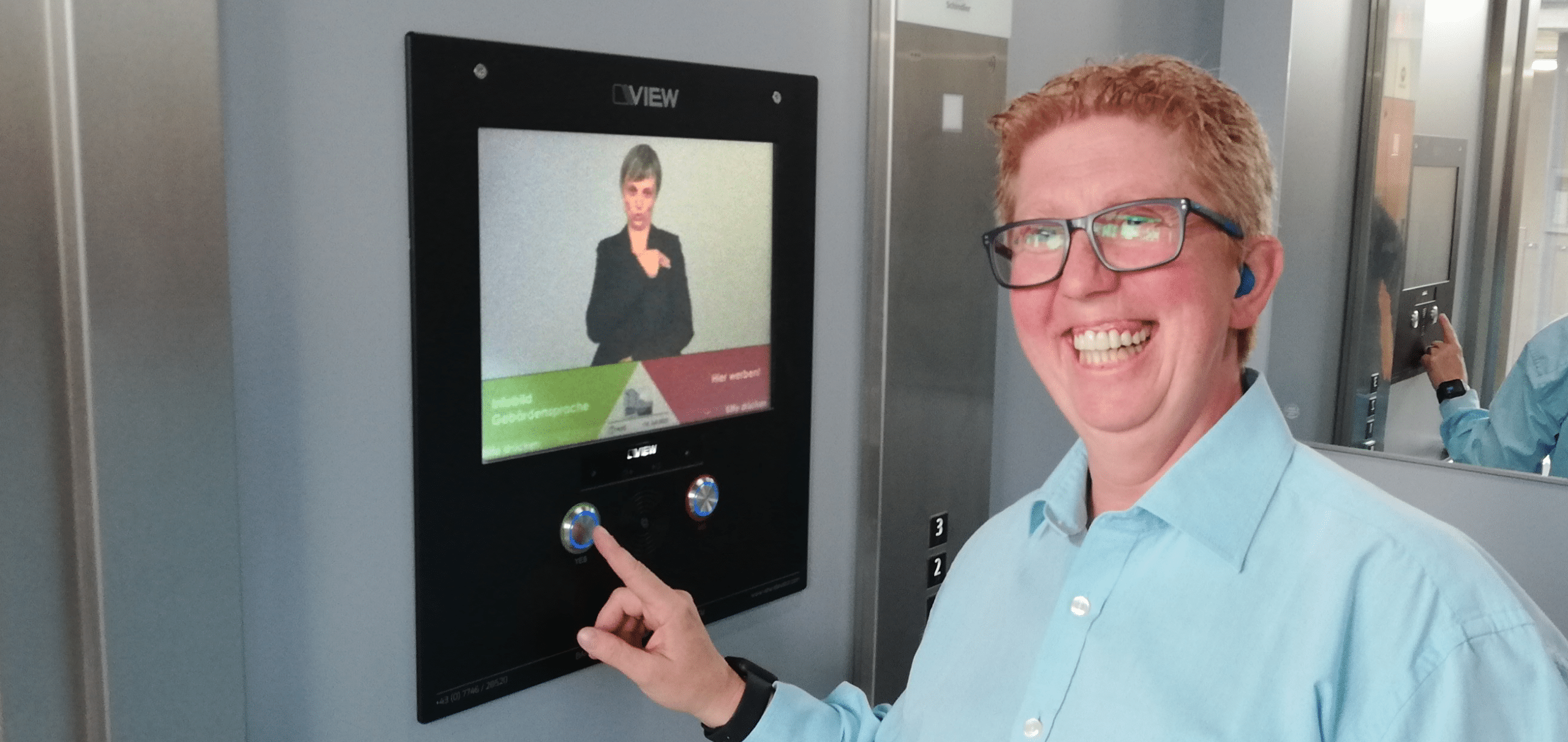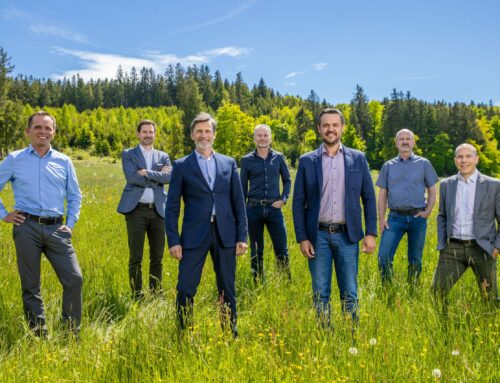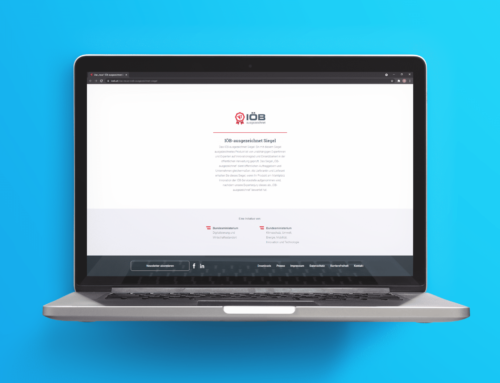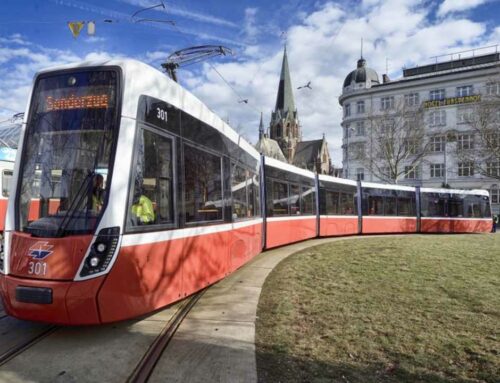OPEN EARS FOR DEAF ELEVATOR USERS

Barrier-free elevator emergency call with sign language support in cooperation with the Tyrolean Association of the Deaf
Getting stuck in an elevator is a highly uncomfortable thought for many people. However, in such an emergency, the vast majority of them can make contact from the elevator via a voice connection with a person who organizes their rescue. However, people with hearing impairments are cut off from this calming communication. If the emergency call center reports via loudspeaker in the elevator, what has been said remains incomprehensible to them.
This can be remedied by an elevator emergency call system tailored to the needs of people with hearing impairments. VIEW, the pioneer of the two-sense emergency call, has developed the first emergency call system with sign language support in cooperation with the Deaf Association of Tyrol.
The system not only enables communication according to the two-senses principle, in which, in addition to the speech connection, a visual dialogue with easily understandable text, supported by symbols, is offered. The questions about the important information for the emergency call center - as well as instructions - are also offered in sign language. All people with reading difficulties or who are not German as their mother tongue also benefit from this. There are also 12 languages to choose from for the emergency dialog.
"We are pleased that the residents of the TIROL Deaf Center are no longer anxious to avoid using the elevator", beamed Monika Mück-Egg, head of the association, and adds humorously, "The VIEW team had open ears for the needs in the true sense of the word of our deaf users. "
The result is a system that works on the two-senses principle. A connection to the emergency call center is established by pressing the emergency call button. At the same time, the emergency communication starts on the screen and questions appear that can be answered with "Yes" and "No". Sign language videos complement the communication with safety instructions and feedback that the message has been received and forwarded.
Why is sign language support so important
Since spoken language develops through hearing, it cannot be taken for granted for deaf people. It is not acquired by listening, but has to be learned as a foreign language - under difficult conditions. The same goes for writing and reading. For the majority of deaf and partially-deaf people, sign language is the “mother tongue”. As a visual language, it corresponds to their perceptual requirements. Accordingly, it is the most understandable and reliable form of communication for deaf people.
“Disability is not an individual characteristic, but the result of an interplay between an individual impairment and external barriers. These barriers can be structural obstacles and, in the case of deaf people, also linguistic hurdles. This is particularly not acceptable in dangerous situations, ”explains Monika Mück-Egg.
VIEW Elevator Emergency Call defines the current state of the art
"The so-called state of the art is a misleading term that does not do justice to the rapid technical progress in all areas," explains Günter Baca, COO of VIEW Elevator.
The elevator emergency call example shows how far the technical and economic possibilities diverge from the current legal requirements. Although the National Action Plan, NAP 2012-2020, item 3.8 Building states that different physical possibilities for all people in the built environment must be met, ÖNORM B1600 is only interpreted as a "recommendation". Current guidelines and information on the barrier-free design of elevators still use the term "emergency telephones". Even the inductive hearing system only suggested in EN 81-70 for the hearing impaired is actually aimed at the hard of hearing. In this case, the deaf are still excluded, although the actual state of the art - as the VIEW system proves - has long since made elevator emergency calls possible according to the two-senses principle.
The future of emergency calls is autonomous
With VIEW Sense, VIEW has made elevator emergency calls intelligent. Using sensors and artificial intelligence, emergencies, vandalism and unaccompanied objects are detected and reported autonomously to the emergency call center. This theoretically makes the emergency button superfluous because the guardian angel always goes with you.


